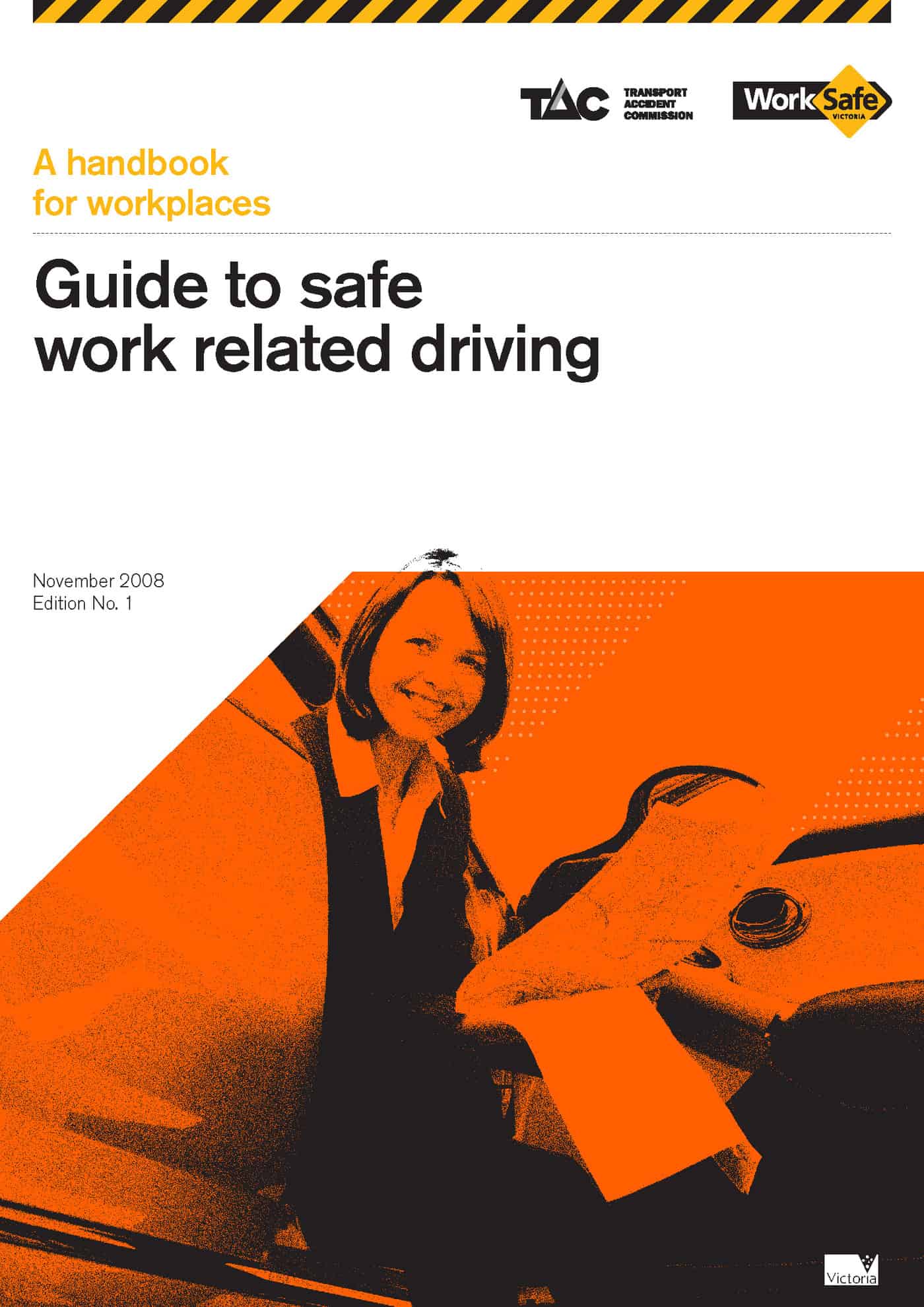The defence forces operate with a different understanding of risk and safety. In the past there are many instances where soldiers lives have purposely been sacrificed for the greater good. This has been an integral part of many “heroic” battles.
The Australian federal OHS authority, Comcare, is at the forefront of a clash between occupational safety and armed services culture. The Age newspaper has revealed the Australian navy’s continued use of chrysotile asbestos in its ship and navy bases years after the substance was banned for use. The newspaper says that a risk assessment report has found
..”the risk to personnel was significant, exposure to asbestos was almost certain and the consequences were “potentially catastrophic”.”
OHS standard practice is to identify the control of hazards in line with the Hierarchy of Controls which seems to have been done as the newspaper reports
“A ban on the use of and import of asbestos-containing materials in Australia came into force on January 1, 2004. But the ADF [Australian Defence Force] requested and won an exemption [page 5 of the SRCC 2005-06 Annual Report] to continue using chrysotile asbestos parts until 2007 on two strict provisos: that the parts were “mission-critical” – meaning their absence would ground equipment and jeopardise a mission – and that no non-asbestos replacement parts could be found.”
So the hazard can’t be eliminated or substitutes found. That’s the first two levels of the hierarchy down. The report goes on to assert that the (in)action of the Navy could be illegal and says the exemptions were renewed for another three years (page 81 of the SRCC Annual Report 2007-08)
The remaining levels of the control hierarchy are not addressed in recent media reports or documents available through Comcare’s website but the continuing cases of asbestos-related diseases reported by the lobby groups would indicate that personal protective equipment may not have been used or used appropriately.
Most organisations are aware of the hazard of asbestos if not how the hazard relates to the specific circumstances. The Navy cannot claim this as it has specifically claimed exemptions for the hazard.
The current Defence Minister, Joel Fitzgibbon, took action on the defence force’s use of asbestos products almost 12 month’s ago and even though it was reported that he gave the Defence chiefs a “dressing down” over the issue, circumstances seem not to have improved.
“But Defence Minister Joel Fitzgibbon, who first accused the Defence Force of lethargy in its efforts to remove asbestos in 2007, when he was in opposition, said despite the massive cost of ridding the ADF of asbestos, its continued use was unacceptable.”
For those who habitually argue that worker safety is not affordable, the Minister’s quote above shows commitment. Sadly it is these types of comments that can come back and haunt politicians.
It is suspected that the Minister or the Navy is receiving letters about non-asbestos gaskets from keen equipment suppliers as you read this blog. But that raises the problem of the labyrinthine issues of defence equipment procurement. Perhaps the fact that anti-asbestos campaigner and former trade union leader, Greg Combet, is now the Parliamentary Secretary for Defence Procurement may fast-track the issue. It is hoped that on the issue of asbestos in the defence forces, Greg speaks up soon.


